A recent article by Mukisa, et al., (2024) titled “Determinants of undernutrition in children under five years in the Southern Africa sub-region: a scoping review” published in Journal of Health Research shows that stunting was the most prevalent form of undernutrition, ranging from 18% to 48% across the sub-region.
“
Stunting prevails as the primary form of child undernutrition in Southern Africa, necessitating targeted interventions, research, and policy development– Mukisa, et al., 2024
This article delves into the determinants of undernutrition among children under the age of five in the Southern Africa sub-region, employing a scoping review of existing literature. Adhering to the Joanna Briggs Institute (JBI) framework for conducting scoping reviews, the authors present their findings following the PRISMA Extension for Scoping Reviews (PRISMA-SCR). It encompasses diverse sources such as peer-reviewed articles, unpublished reports, dissertations, and case studies, all published in English between January 2000 and November 2022. The study primarily focuses on five countries within the sub-region: South Africa, Namibia, Botswana, Lesotho, and Eswatini. The study posits that the prevalence of undernutrition among children under five years old is notably high and varies across the sub-region, with stunting emerging as the predominant form of undernutrition. It identifies four tiers of factors influencing child undernutrition: maternal, child, household, and community-related factors. Moreover, the article underscores the implications of these factors for policy and program development while stressing the necessity for further research on maternal and child nutrition in the sub-region.
How the Study was Conducted
The authors adhered to the Joanna Briggs Institute (JBI) framework for conducting scoping reviews and presented their findings using the PRISMA Extension for Scoping Reviews (PRISMA-SCR). They established eligibility criteria for evidence sources based on participant type, concept, context, and source type. The authors employed searches across various electronic databases, government ministry portals, and reference lists of identified studies to locate relevant articles published in English from January 2000 to November 2022. Eligible articles were selected through a two-step screening process involving title and abstract screening, followed by full-text screening. Any discrepancies among reviewers were resolved through consensus or mediation. Data from the included articles were extracted and organized using a piloted data extraction form and Excel software. The extracted data encompassed details such as author, publication year, study design, location, setting, sample size, participants, intervention, and key findings. The authors analyzed the data through narrative synthesis and thematic analysis methods, presenting the findings in tabulated form and narrative style.
What the Authors Found
The authors found that stunting was the most prevalent form of undernutrition, ranging from 18% to 48% across the sub-region. South Africa had the highest stunting prevalence, followed by Lesotho and Eswatini. In addition, the authors found that there was a paucity of research on maternal and child nutrition in the sub-region, especially in Namibia and Botswana.
Why is this Important
Public Health Impact: Undernutrition has severe consequences for child health and development. Stunting, wasting, and underweight can lead to long-term health issues, cognitive impairments, and reduced productivity in adulthood. Addressing undernutrition is essential for achieving Sustainable Development Goal 2 (Zero Hunger) and improving overall population health.
Policy and Program Development: The identified determinants provide valuable insights for policymakers and program implementers. By understanding the factors influencing child nutrition, targeted interventions can be designed to address specific challenges. For instance, maternal education and household wealth play critical roles, suggesting the need for educational programs and poverty alleviation strategies.
Research Priorities: The knowledge gaps highlighted by the authors underscore the need for further research. Investigating the impact of HIV, food insecurity, and climate change on child undernutrition is essential. Researchers, funding agencies, and stakeholders should prioritize these areas to generate evidence for effective interventions.
Intersectoral Collaboration: The multifaceted nature of undernutrition requires collaboration across sectors. Health, education, agriculture, and social welfare departments must work together to create comprehensive solutions. This study emphasizes the importance of intersectoral coordination.
What the Authors Recommend
- The authors note that there is a significant lack of quality research on maternal and child nutrition in the sub-region, especially in countries other than South Africa. Therefore, the authors suggest that more studies are needed to understand the determinants, consequences, and interventions for undernutrition and that scoping reviews can be a useful tool to synthesize existing evidence and identify knowledge gaps.
- The authors emphasize that undernutrition is a multifaceted problem that requires the involvement and engagement of various stakeholders, including policymakers, politicians, health workers, community members, and end-users. The authors call for prioritizing nutrition in related sectoral policies and programs and fostering effective partnerships across different levels and sectors.
- The authors highlight that there are proven interventions that can address the basic, underlying, and root causes of undernutrition, such as improving maternal and child feeding and care practices, promoting exclusive breastfeeding, providing micronutrient supplementation, and ensuring food security and sanitation. The authors urge countries to adopt and implement these interventions at policy, health-system, and community levels, and to monitor and evaluate their impact.
In conclusion, this comprehensive scoping review sheds light on the multifaceted nature of child undernutrition in Southern Africa. By employing rigorous methodologies and synthesizing existing literature, the study underscores the urgent need for targeted interventions, research prioritization, and policy development to address the underlying determinants of undernutrition. With a focus on maternal, child, household, and community-related factors, the findings emphasize the critical role of intersectoral collaboration and evidence-based interventions in combating undernutrition and improving child health outcomes. Moving forward, concerted efforts from policymakers, researchers, healthcare professionals, and community stakeholders are essential to mitigate the long-term consequences of undernutrition and ensure the well-being of children across the Southern Africa sub-region.



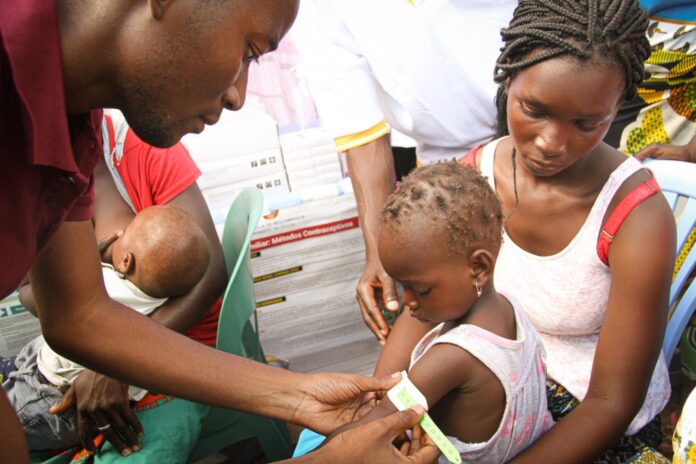

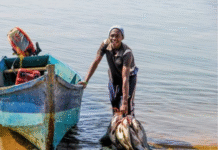
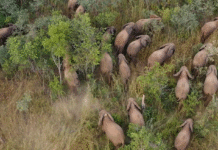

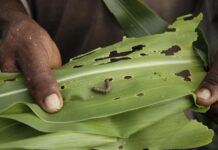

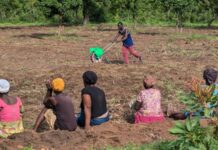

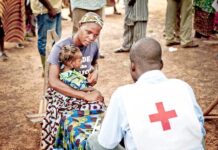



 The African Research (AR) Index is a comprehensive scholarly directory and database focused explicitly on journal publishers that publish and disseminate African research.
The African Research (AR) Index is a comprehensive scholarly directory and database focused explicitly on journal publishers that publish and disseminate African research.

